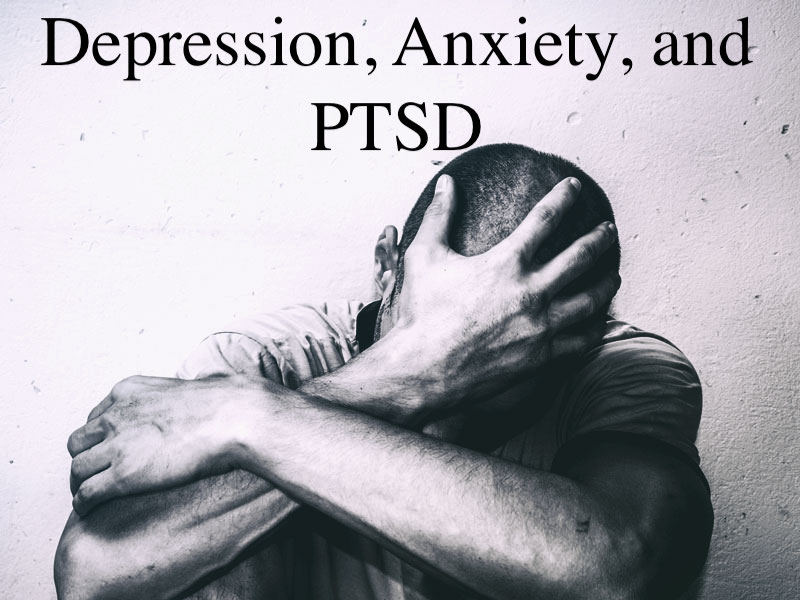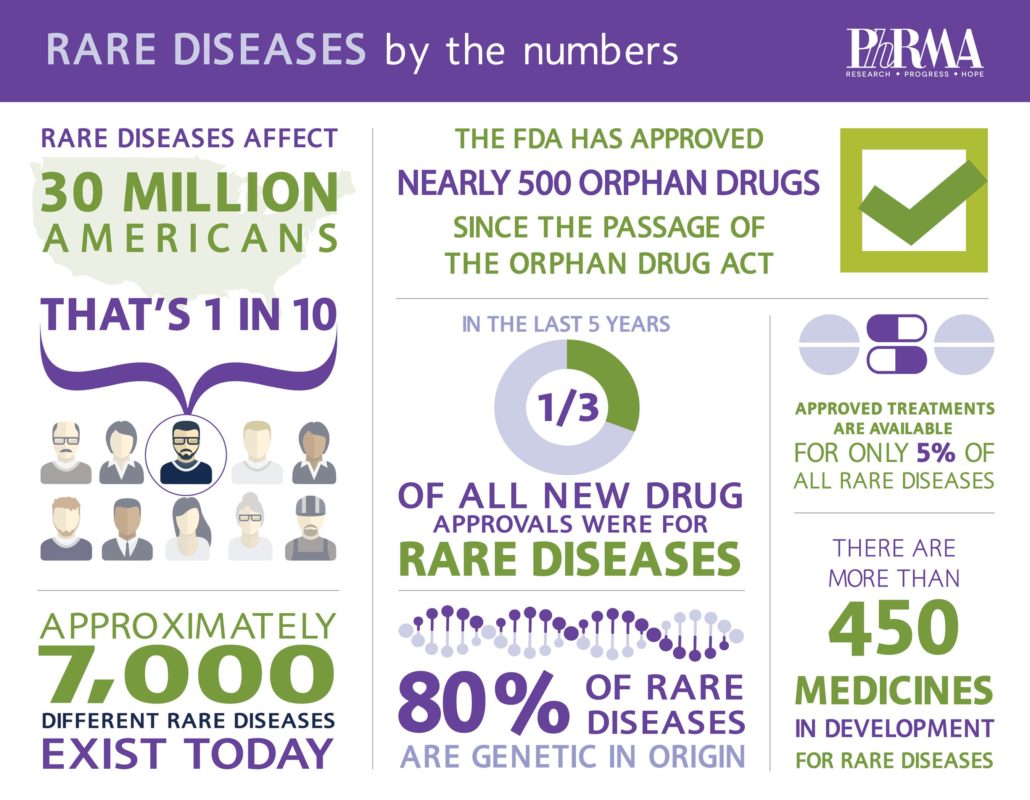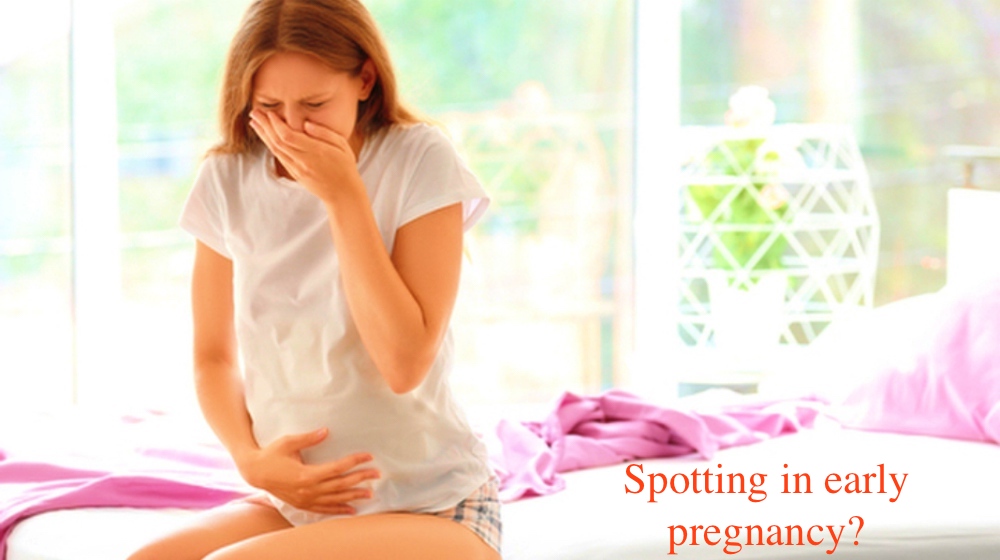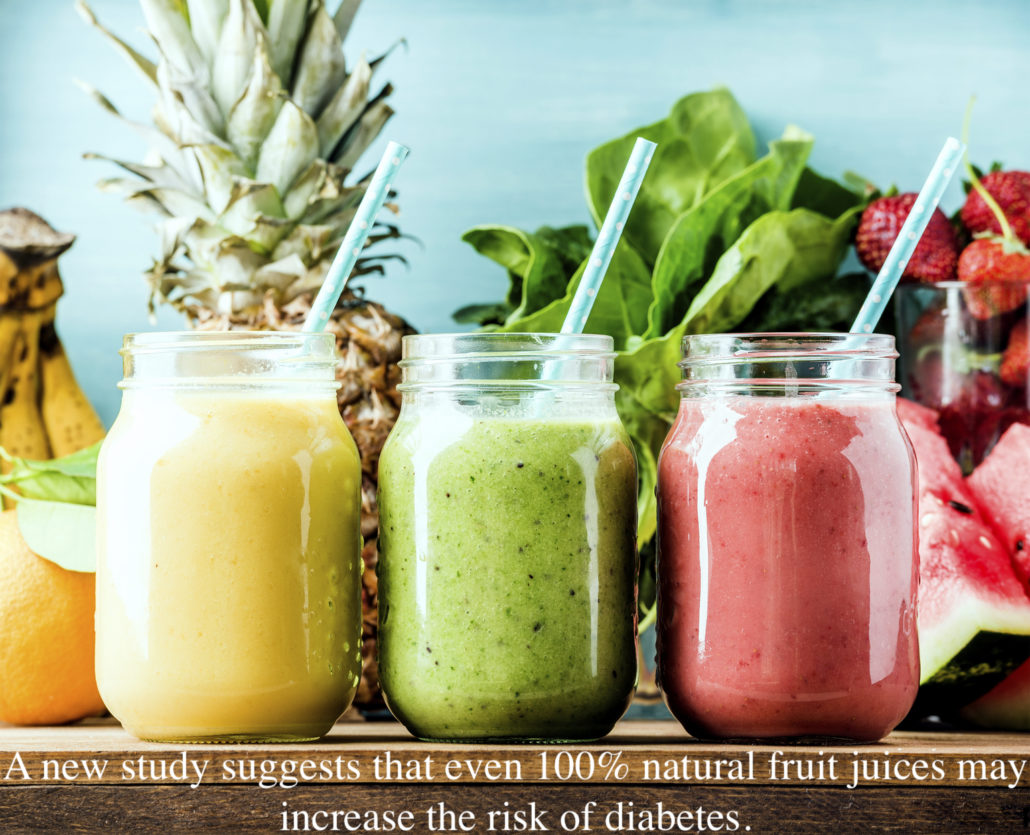connections between depression, anxiety, and PTSD
A new study looks for the neural links between a range of mental disorders.
In the largest study of its kind, researchers identify similarities in the brain activity of people with major depressive disorder, post-traumatic stress disorder, bipolar disorder, and anxiety disorders.
Mental health disorders, although incredibly prevalent, remain poorly understood.
According to the National Institute of Mental Health, almost 1 in 5 adults in the United States live with a mental illness.
About half
of the U.S. population will experience a mental health condition at some point in their life.
Medication and talking therapies are useful for many people, but understanding the neurological roots of these conditions is proving challenging.
Overlap and comorbidity
Post-traumatic stress disorder (PTSD), anxiety disorders, and mood disorders — such as major depressive disorder and bipolar disorder — have distinct symptoms, but they overlap significantly.
For instance, someone with generalized anxiety disorder might experience depressive symptoms, and someone with major depressive disorder might experience heightened anxiety.
Also, scientists have noted that these conditions often appear together, which they refer to as comorbidity. As the authors of the recent study write:
“Up to 90% of patients with an anxiety disorder meet criteria for a concurrent mood disorder, and as many as 70% of individuals with mood disorders meet criteria for an anxiety disorder during their lifetime.”
9,000 brain scans
This comorbidity and overlap of symptoms infer that there might be neurological similarities between the conditions. A recent study, featuring in JAMA Psychiatry
The authors, from various institutions in the U.S., Italy, and Germany, decided to collate and analyze brain scans from previous studies. They hoped to build a clearer picture of what is happening in the brains of people with these disorders.
To investigate, they looked at functional MRI (fMRI) scans from 367 experiments, which included data from 4,507 people with a mental health disorder and 4,755 healthy control participants. In total, they analyzed more than 9,000 brain scans.
These studies all investigated changes in brain activity while participants carried out cognitive tasks.
As far as the authors can identify, this is the largest analysis of its kind to date.
Joint features of multiple conditions
The scientists searched for brain regions that were either more active (hyperactive) or less active (hypoactive) in the participants with mental health conditions than among the control group. As expected, the researchers found that certain features of brain activity were consistent across mood disorders, PTSD, and anxiety disorders.
Perhaps surprisingly, they found the most significant differences between the two groups of participants when they searched for hypoactive regions. The authors outline their primary findings:
“We detected statistically robust transdiagnostic clusters of hypoactivation in the inferior prefrontal cortex/insula, the inferior parietal lobule, and the putamen.”
These regions are significant because they are all involved in emotional and cognitive control. Specifically, they play an important role in stopping cognitive and behavioral processes and switching to new ones.
Senior author Dr. Sophia Frangou explains: “These brain imaging findings provide a science-based explanation as to why patients with mood and anxiety disorders seem to be ‘locked in’ to negative mood states. They also corroborate the patients’ experience of being unable to stop and switch away from negative thoughts and feelings.”
The authors also outline how these findings lend support to earlier studies in people with these disorders, which found “deficits of large effect size in stopping and shifting responses in a range of tasks.”
In other words, individuals with these mental health disorders found switching between tasks as difficult as they found switching away from negative thoughts.
The hypoactivity in these regions might explain why the “locked in” states occur in both thoughts and behaviors.
Less hyperactivity
The scientists also identified hyperactivity in some regions of the brain. However, the differences were less pronounced than those that they found in the hypoactive regions.
In particular, the anterior cingulate cortex, left amygdala, and thalamus were more active in people with mood disorders, PTSD, and anxiety disorders. These regions are important in processing emotional thoughts and feelings.
For instance, the cingulate cortex helps regulate emotional experience and appraisal, while the amygdala, among other roles, helps people form and retrieve emotional memories.
Although this study is the largest of its type, there are certain limitations. For instance, as the authors explain, they focused only on adults. The differences in brain activity might not hold true in children or older adults.
The authors hope that, in the future, these brain regions might function as “targets for interventions aiming to improve clinical outcomes and reduce or prevent affective morbidity in the general population.”





